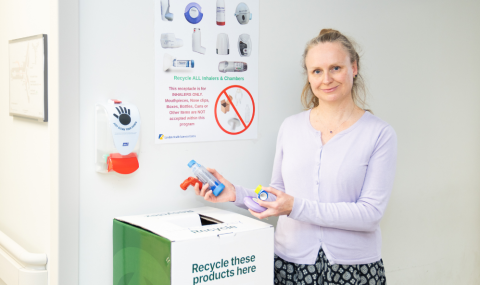Breastmilk is the optimal food for almost all infants regardless of gestational age. Health Canada recommends breastfeeding for the first 6 months, with continued breastfeeding for up to 2 years.
- View the ‘Babies need their mother’s milk’ PDF.
- View the ‘Breastmilk production’ PDF.
- View the ‘Expression and pumping’ PDF.
- Watch the Unicef UK Baby Friendly Initiative ‘Hand expression’ video on YouTube.
- View the 'Colostrum, Oral Immune therapy: View the ‘What is Colostrum?’ PDF.
- View the ‘Pumping Guidelines’ PDF.
- Visit the Canadian Premature Babies Foundation’s ‘Feeding your Baby in the NICU’ web page and scroll to videos 3 and 4.
- Track your breastfeeding and pumping progress with MyMedela app (Apple) or MyMedela app (Google). It’s free for families.
- Visit the Middlesex London Health Unit’s ‘Breastfeeding – Getting Started’ web page.
- View Queensland health’s ‘Baby feeding Cues' PDF poster
Breastfeeding - Oral feeding readiness cues
Your baby will show feeding cues when they are ready to eat.
Early cues are:
- Stirring
- Mouth opening
- Rapid eye movement
- Rooting or turning towards your breast
- Sucking and licking movements
- Hand-to-mouth movements
- Restlessness
- Crying is a late feeding cue. Calming your baby with skin-to-skin time may help settle them for feeding
Bowel, bladder patterns
New babies after 6 days, have 6-8 wet diapers a day. The urine is a pale yellow colour and has no smell. Wet diapers usually feel heavier than dry diapers.
Breastfed babies usually have 2-5 yellow seedy bowel movements a day. Formula fed babies have 1-2 greyish/beige soft stools a day.
Call your healthcare provider if your baby has any of the following:
- Less than 6 wet diapers in a 24 hour period
- A bowel movement is hard or has blood with it
- Your baby has 3 or more very wet watery bowel movements in one day
Iron needs of babies
Iron is a mineral that helps to form hemoglobin, which carries oxygen to the body. Babies and children need iron for their brains to develop normally.
- Visit the Caring for Kids website.
Vitamin D
Babies need vitamin D for healthy growth and development. Vitamin D helps the body absorb calcium.
- View the ‘Nutrition Facts’ PDF.
Formula
Deciding how to feed your baby is a very important decision. You need to have all the information to make the best decision for you and your baby.
- Visit the Middlesex London Health Unit ‘Infant Formula’ web page.



